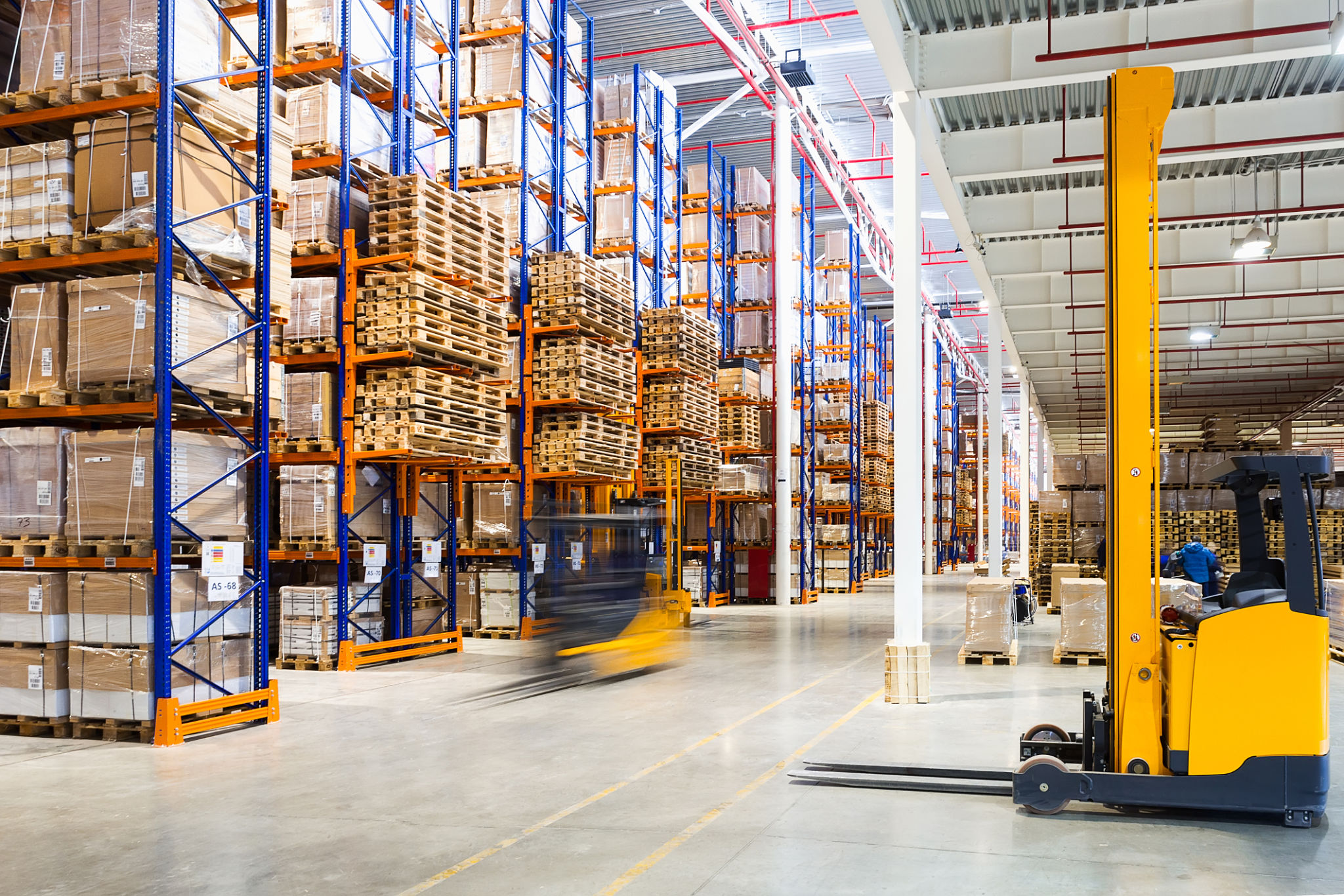How to Maximize Warehouse Safety with Proper Racking Installation
Understanding the Importance of Proper Racking Installation
Ensuring a safe warehouse environment is crucial for the well-being of employees and the efficient operation of any business. One of the key components in achieving this is through the proper installation of warehouse racking systems. Not only do these systems maximize storage space, but they also play a vital role in maintaining safety standards within the facility.

Proper racking installation minimizes the risk of accidents, such as collapsing racks or falling inventory, which can lead to serious injuries and costly damages. Therefore, understanding the intricacies of racking installation is essential for any warehouse manager looking to enhance safety protocols.
Choosing the Right Type of Racking System
The first step in maximizing warehouse safety is selecting the appropriate racking system for your needs. There are several types of racking systems available, including selective, drive-in, push-back, and pallet flow racks. Each system has its advantages and is suited for different storage requirements.
Selective racking is ideal for warehouses that need easy access to all pallets. In contrast, drive-in racking is perfect for high-density storage with fewer SKU varieties. Understanding your warehouse's specific needs will help you choose the right system, which is fundamental for safe and efficient operations.
Assessing Load Capacity and Weight Distribution
Once you've selected the appropriate racking system, it's essential to evaluate load capacity and weight distribution. Overloading racks is a common mistake that can lead to catastrophic failures. Each racking system comes with a specified load capacity that must not be exceeded.

Proper weight distribution ensures stability, preventing tipping and structural damage. It's vital to train employees on correct loading techniques, emphasizing the importance of adhering to load limits and evenly distributing weight across shelves.
Ensuring Professional Installation and Regular Inspections
Professional installation is critical to ensuring that your racking systems are securely anchored and aligned correctly. Hiring experienced professionals guarantees adherence to industry standards and minimizes potential installation errors that could compromise safety.
Regular inspections are equally important in maintaining warehouse safety. Routine checks help identify potential issues such as damaged components, loose bolts, or misaligned racks. Addressing these problems promptly can prevent accidents and maintain a safe working environment.

Training Employees on Safety Protocols
An effective way to maximize warehouse safety is through comprehensive employee training programs. Educating staff about the correct use of racking systems, load limits, and emergency procedures ensures that everyone in the warehouse understands their role in maintaining safety.
Encourage a culture of safety by holding regular training sessions and updating protocols as needed. This proactive approach not only protects employees but also reduces downtime due to preventable accidents.
Utilizing Technology for Enhanced Safety
Technology can play a significant role in improving warehouse safety. Implementing monitoring systems such as sensors and cameras can help detect potential hazards before they escalate into serious issues. These technologies provide real-time data on rack stability and inventory movements, allowing for quick responses to any deviations from normal operations.
By integrating technology with existing safety measures, warehouses can achieve a higher level of safety and efficiency, ultimately protecting both employees and assets.
In conclusion, maximizing warehouse safety through proper racking installation involves careful planning, professional execution, and ongoing maintenance. By selecting the right systems, ensuring correct installation, conducting regular inspections, training employees, and leveraging technology, businesses can create a safer workplace that promotes productivity and reduces risks.
